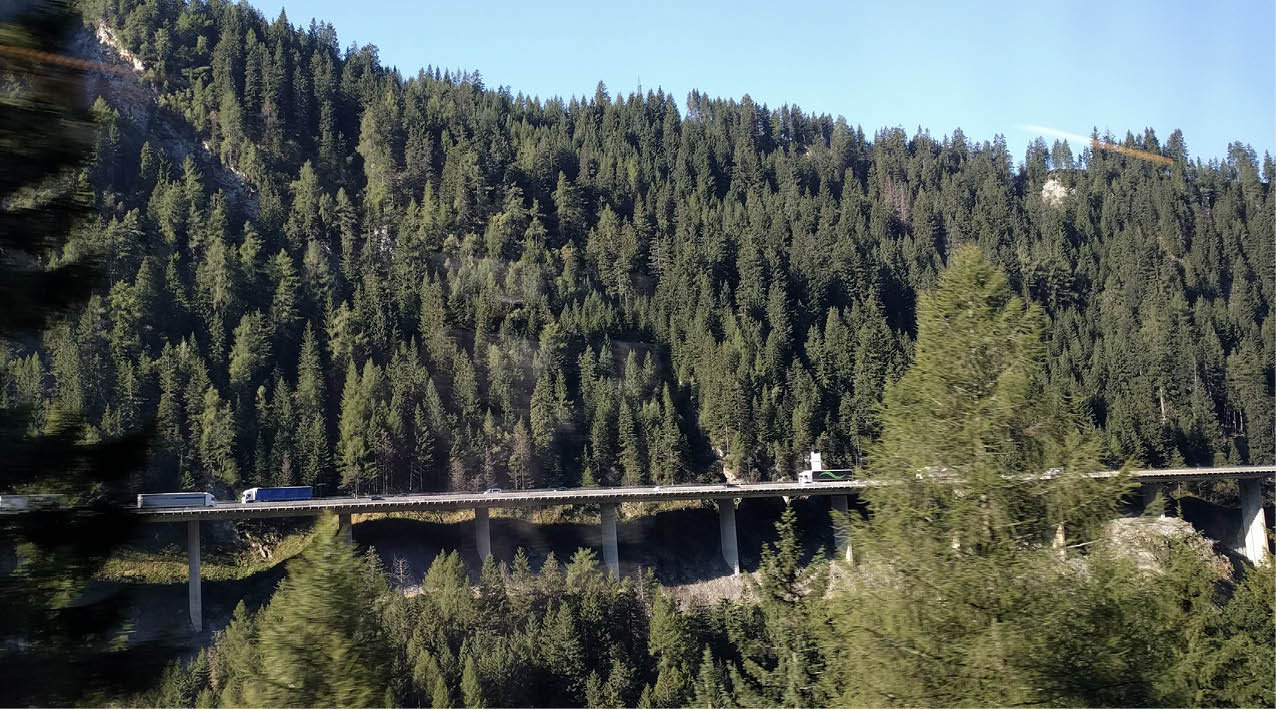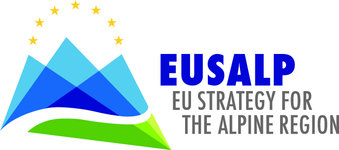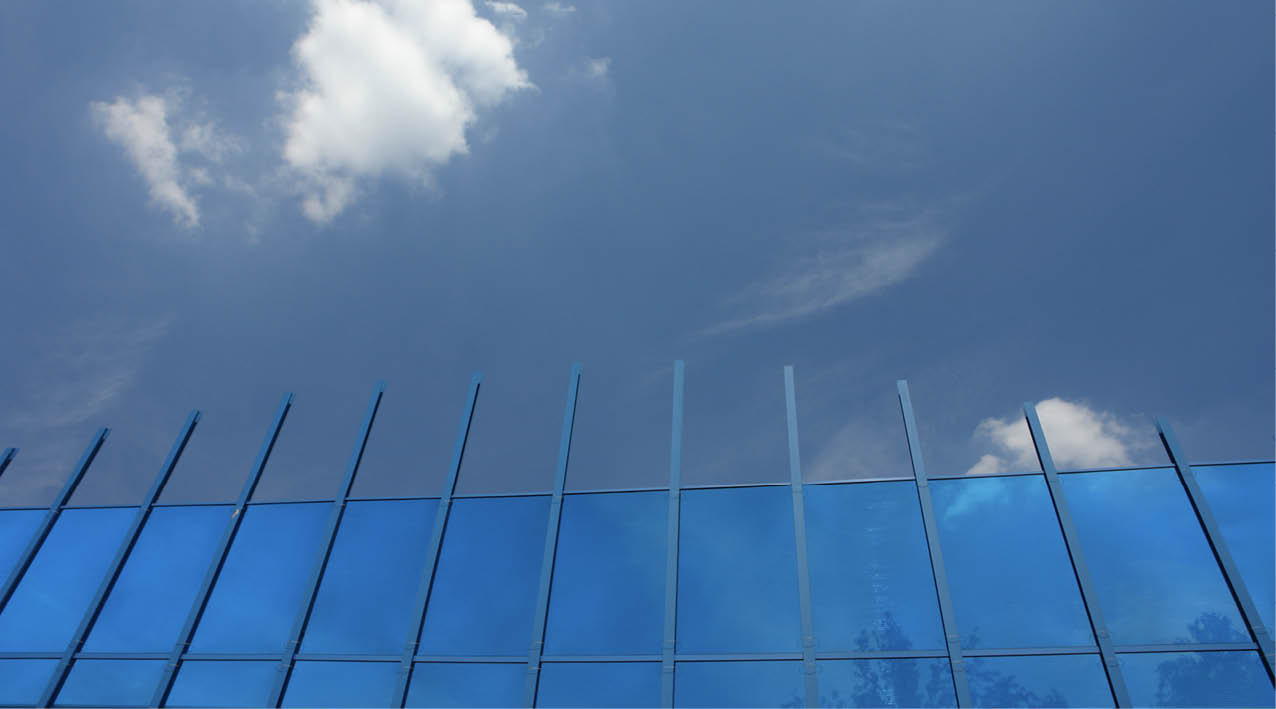conflict 3
#BalancingNature&Landscape

Finding a good balance between preservation and further development needs.
One of the main features of the Alpine Region is its outstanding natural and cultural heritage. The Alpine Region forms an area of mountainous habitats that is extremely rich in biodiversity and resources. A sound environment is essential for underpinning human activities in the Region and for ensuring economic and social wellbeing for its citizens. Alpine tourism in particular depends on an intact nature and landscape, as tourists in the Alps seek the unique natural surroundings.
The increasing demand for mobility constitutes a major challenge for preserving the Alpine natural heritage. Transport infrastructures lead to visual intrusions as well as habitat loss and landscape fragmentation. Especially for the construction of new infrastructures, a good balance between the preservation of natural resources and landscapes and specific mobility needs has to be kept – this being only possible by involving relevant stakeholders and citizens in the planning processes. Trade-offs do not only occur with respect to mobility needs but also with respect to other policy aims: for example the construction of noise barriers can also lead to visual intrusions and needs to be carefully designed.
The increasing demand for mobility constitutes a major challenge for preserving the Alpine natural heritage. Transport infrastructures lead to visual intrusions as well as habitat loss and landscape fragmentation. Especially for the construction of new infrastructures, a good balance between the preservation of natural resources and landscapes and specific mobility needs has to be kept – this being only possible by involving relevant stakeholders and citizens in the planning processes. Trade-offs do not only occur with respect to mobility needs but also with respect to other policy aims: for example the construction of noise barriers can also lead to visual intrusions and needs to be carefully designed.

South Tyrol: Transport infrastructures and tourism
The Brenner corridor lies in a narrow Alpine valley. Geographical conditions force to build transport infrastructures (motorway, national road, railway) in the valley. The landscape is shaped by these infrastructures. To reduce the noise problem a noise protections program has been started which however has negative impacts for the landscape and thus for tourism.
Ticino: Melide causeway crossing Lake-Lugano
The A2 highway is directly crossing scenic Lake Lugano and is an example of the significant impact of transport infrastructure on landscape and nature.
Salzburg: A10 motorway trade-off between noise protection and landscape
To reduce noise impacts of the Tauern motorway (A10), innovative noise barriers have been constructed in high-settlement areas. These noise barriers are specifically high and are curved above the motorway, so that the surrounding landscapes can no longer be seen by motorway users. Some stakeholders argue that this form of noise prevention represents a sight obstruction and that it has a negative impact on tourism, as touristical sights remain undetected while potential visitors pass the region on the motorway. This example shows the difficulties between different needs in the Alpine region – improving living conditions for local citizens and maintaining a high touristic attractiveness.
Styria: Dense traffic and HGV in high touristic regions
The Upper Enss-valley between Liezen and Schladming/Dachstein and the Salzkammergut are the highes touristic regions in Styria. During hight touristic times in Summer and Winter these regions suffer on dense road traffic and heavy goods vehicles which avoid the detour via toll charged motorways. Due to the precious nature (Natura2000) and landscape protection an extension of the road network should be avoided. An effective reduction of HGV and road traffic needs common actions of all Alpine transit regions and common measures to shift road transport to public transport and active modes or to toll charged routes.
Download #3-BalancingNatureLandscape
iflow.it/eusalp/download/A1025/3-BalancingNatureLandscape.pdf
iflow.it/eusalp/download/A1025/3-BalancingNatureLandscape.pdf


